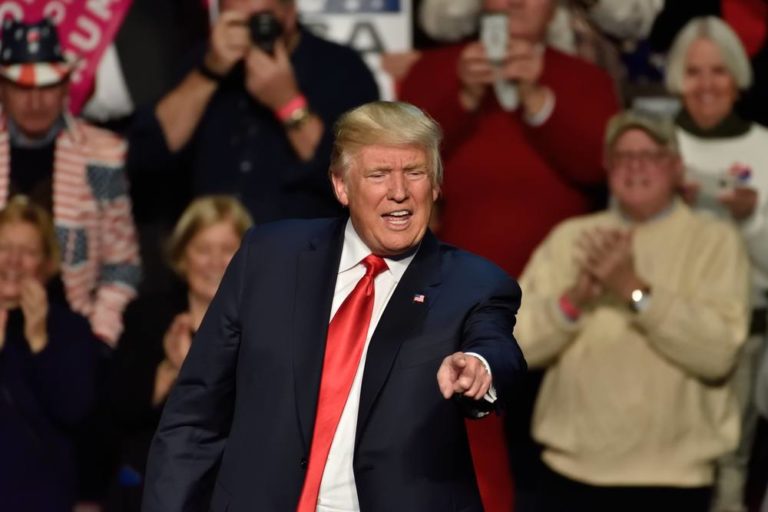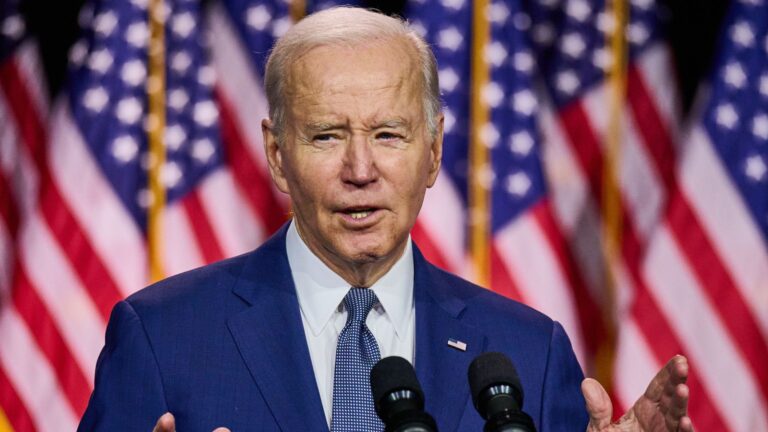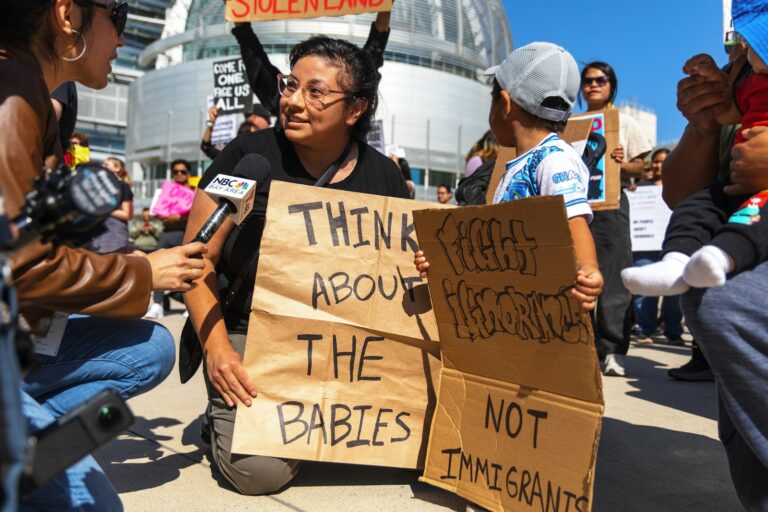Key Takeaways:
- Colorado has passed a new law to protect illegal immigrants from federal deportation efforts.
- The law restricts state and local agencies from sharing immigration-related data with federal officials.
- It bans cooperation with federal law enforcement on immigration matters without a warrant.
- Violators could face fines of up to $50,000.
- The law also limits ICE access to schools, hospitals, and childcare facilities.
- Illegal immigrants no longer need proof of legal status to qualify for in-state tuition.
Colorado Takes a Stand Against Federal Immigration Policies
In a bold move, Colorado has taken a decisive stance against President Donald Trump’s efforts to crack down on illegal immigration. On Monday, April 28, 2025, Governor Jared Polis signed a controversial new law that expands protections for illegal aliens in the state. The law, known as the Protect Civil Rights Immigration Status, is part of a growing national debate over immigration enforcement and state sovereignty.
What Does the New Law Mean?
The new law introduces several sweeping changes to how Colorado interacts with federal immigration authorities. For starters, state and local agencies are now barred from sharing personal immigration-related data with federal officials. This means that schools, hospitals, and childcare facilities cannot disclose information about undocumented immigrants to ICE or other federal agencies without a warrant.
Additionally, local governments are prohibited from collaborating with federal law enforcement on immigration matters. For instance, police departments cannot detain someone solely for civil immigration violations. Any information about undocumented children or patients must remain confidential and cannot be shared with federal investigators.
The law also targets jails, preventing them from holding illegal immigrants beyond their release date at the request of federal immigration officials. Governors are further empowered to block National Guard troops from other states if they are deployed for immigration enforcement unless they are acting under direct federal orders.
Criminal Illegal Aliens and Legal Wrangling
One of the most contentious aspects of the law is its stance on criminal illegal aliens. Despite federal law classifying unauthorized entry into the U.S. as a crime, Colorado’s new law ensures that undocumented immigrants, even those with criminal records, are shielded from federal deportation efforts.
Critics argue that this puts public safety at risk by making it harder for federal authorities to apprehend and deport criminal illegal aliens. However, Governor Polis insists that the law does not prevent state and local agencies from working with federal agents to “identify, apprehend, and prosecute criminals, regardless of their immigration status.”
A $50,000 Fine for Non-Compliance
Violating the new law comes with hefty penalties. Any state or local agency that fails to comply with the restrictions could face fines of up to $50,000. This financial deterrent is designed to ensure that Colorado’s institutions adhere strictly to the new protections for undocumented immigrants.
In-State Tuition for Undocumented Students
The law also eliminates the requirement for illegal immigrants to prove they are seeking legal status to qualify for in-state tuition. Previously, undocumented students had to demonstrate that they were attempting to legalize their status to access lower tuition rates. Now, that proof is no longer necessary.
A Blow to Trump’s Deportation Agenda?
The new law is seen as a direct challenge to President Trump’s efforts to enforce immigration laws nationwide. While the Trump administration has been ramping up raids on cartel operations and illegal immigration in cities like Los Angeles, Colorado is moving in the opposite direction by expanding its sanctuary policies.
State lawmakers claim that the law is about protecting civil rights and upholding the principles of the 10th Amendment, which grants states certain powers not delegated to the federal government. However, legal experts like Rob Natelson of the Independence Institute argue that the law is constitutionally flawed because immigration enforcement is not a power reserved for states under the Constitution.
The Broader Implications
This new law is not just about Colorado; it reflects a growing divide across the country. While some states and cities are embracing sanctuary policies, others are actively cooperating with federal immigration authorities. The tension between state and federal governments over immigration enforcement is likely to escalate in the coming months.
For now, Colorado has staked its claim as a haven for undocumented immigrants. Whether this move will lead to further conflict with the Trump administration remains to be seen, but one thing is certain: the debate over immigration and state sovereignty is far from over.










